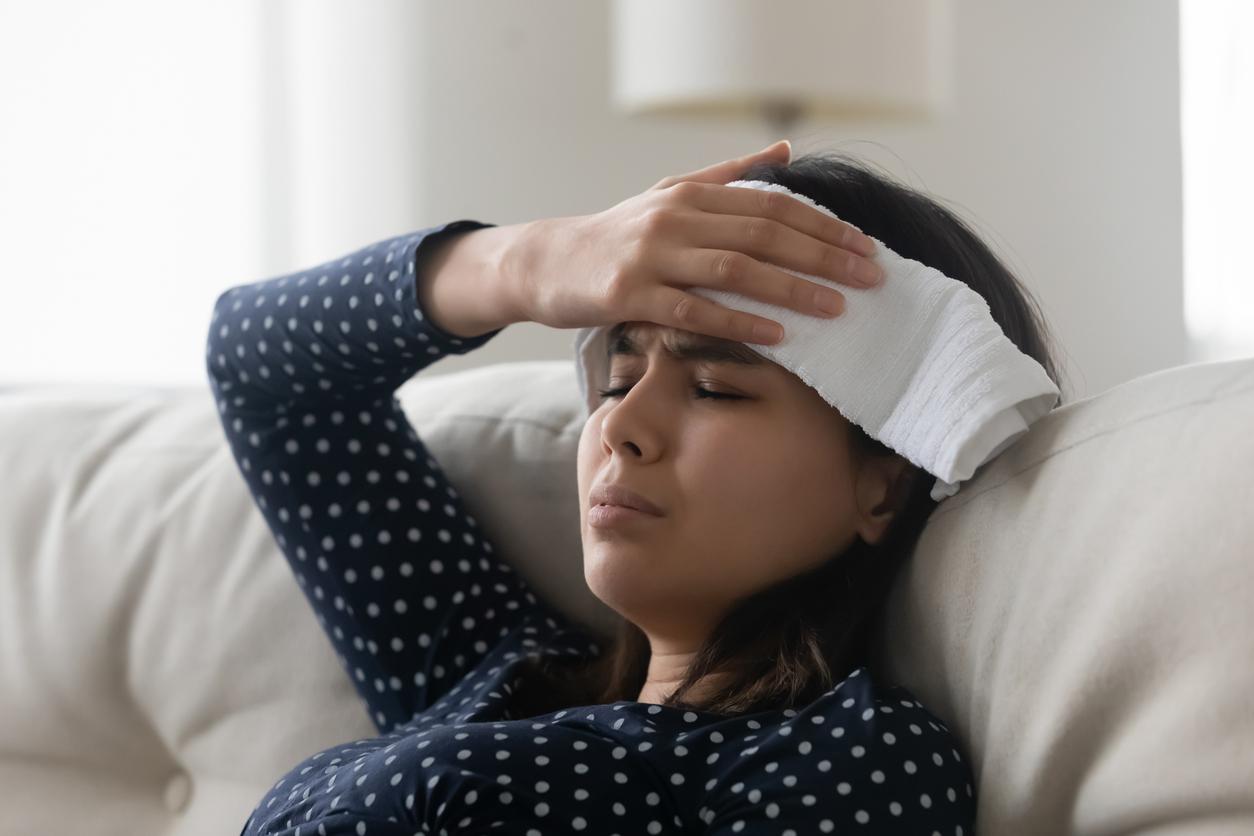The sporting world was the first to take an interest in jaw balance. Various studies, notably carried out by Prof. Jean Ginisty, of the French National Academy of Dental Surgery, have shown that restoring good teeth mesh improves athletic performance. “We asked patients, athletes and non-athletes, to jump as high as possible with both feet. Before rebalancing and after, the difference in the height of the jump is around 4 cm, ”says Dr Arash Zarrinpour.
After the feet and the pelvis, the jaw constitutes the third essential base of the posture. However, many people have a failing bite. If we put the lower body back in place without taking care of the jaw, the pain will come back. Since this will generate tensions which will weaken the rebalancing of the pelvis. Conversely, treating bruxism (teeth grinding) if the lower floors are wobbly is doomed to failure. It is therefore necessary to treat everything in parallel.
The explanation? When the bite is bad and you clench your teeth, the condyle (joint surface) sinks further to one side. This can induce a torsion at the cranial level. Sometimes this deformation is seen elsewhere on the face (one eye slightly lower). The neck must then correct the position to straighten the gaze. Result: the entire spinal chain reacts in cascade …
The quickest solution is to make custom-made aligners (on the back teeth), so that
the jaw can refocus. This intervention is covered by Medicare. It is necessary to supplement by orthodontic care to ensure a definitive rebalancing. In some cases, the use of a speech therapist is necessary for lingual rehabilitation.
In order to relax the jaw muscles, which are responsible for bruxism, press on each side on the most contracted area. Apply strong pressure for 3 seconds, then gentle pressure for 10 seconds. Repeat the exercise 3 times. Then do the same at the temples.


















